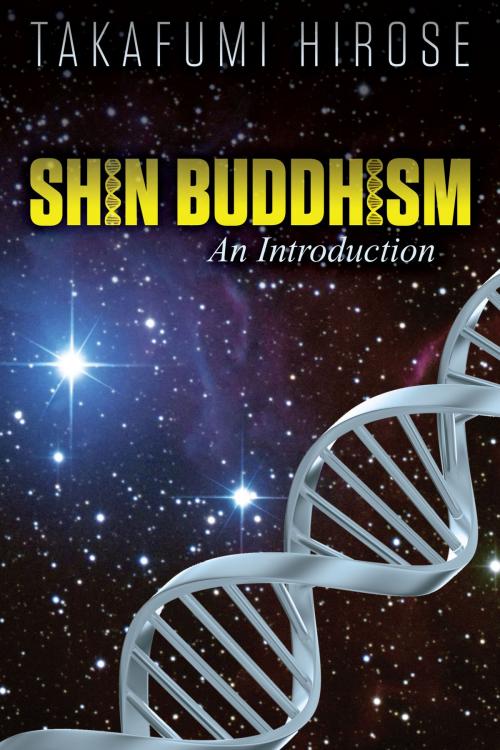| Author: | Takafumi Hirose | ISBN: | 9781457556876 |
| Publisher: | Dog Ear Publishing | Publication: | July 11, 2017 |
| Imprint: | Dog Ear Publishing | Language: | English |
| Author: | Takafumi Hirose |
| ISBN: | 9781457556876 |
| Publisher: | Dog Ear Publishing |
| Publication: | July 11, 2017 |
| Imprint: | Dog Ear Publishing |
| Language: | English |
Buddhism in Japan was largely a religion of the aristocracy and the ruling Samurai class until Shin Buddhism was introduced to the masses by a priest named Shinran in the early thirteenth century. This form of Buddhism, also known as Jodo Shinshu, eliminates the mysticism and secrecy sometimes found in Zen and other forms of Buddhism, and focuses on the true essence of Buddha’s original teachings. An ordained Shin Buddhist head priest who taught for four decades shares his faith in Shin Buddhism: An Introduction, hoping to reach new generations of Shin Buddhists in North America and around the world. Even as they are alienated by Buddhism and what they perceive as its traditional approach, they seek answers about the universe and their place in it.
Using a comparative approach, Takafumi (Taka) Hirose describes concepts such as universality, salvation, morality and religion, prayer, and the practices of Shin Buddhism. Selections from the Christian Bible, especially the Gospels, showcase the book’s theme of universality, and stories and analogies put Hirose’s teaching into context. Discussion-style summaries after chapters provide an even clearer review of Shin Buddhism’s concepts and lessons.
“Experienced both as a teacher and priest, gifted with outstanding skills as a communicator and, meanwhile, faithful to the heritage of Shin Buddhism’s founder Shinran, Professor Hirose draws the reader to a vision of what is universal, as opposed to instrumental and local, in Buddhism. . . . A work with a universal appeal and relevance, appearing precisely at a time when its message needs to be heard.”
—David Keen, former senior lecturer in social studies, Dunedin College of Education
Buddhism in Japan was largely a religion of the aristocracy and the ruling Samurai class until Shin Buddhism was introduced to the masses by a priest named Shinran in the early thirteenth century. This form of Buddhism, also known as Jodo Shinshu, eliminates the mysticism and secrecy sometimes found in Zen and other forms of Buddhism, and focuses on the true essence of Buddha’s original teachings. An ordained Shin Buddhist head priest who taught for four decades shares his faith in Shin Buddhism: An Introduction, hoping to reach new generations of Shin Buddhists in North America and around the world. Even as they are alienated by Buddhism and what they perceive as its traditional approach, they seek answers about the universe and their place in it.
Using a comparative approach, Takafumi (Taka) Hirose describes concepts such as universality, salvation, morality and religion, prayer, and the practices of Shin Buddhism. Selections from the Christian Bible, especially the Gospels, showcase the book’s theme of universality, and stories and analogies put Hirose’s teaching into context. Discussion-style summaries after chapters provide an even clearer review of Shin Buddhism’s concepts and lessons.
“Experienced both as a teacher and priest, gifted with outstanding skills as a communicator and, meanwhile, faithful to the heritage of Shin Buddhism’s founder Shinran, Professor Hirose draws the reader to a vision of what is universal, as opposed to instrumental and local, in Buddhism. . . . A work with a universal appeal and relevance, appearing precisely at a time when its message needs to be heard.”
—David Keen, former senior lecturer in social studies, Dunedin College of Education















